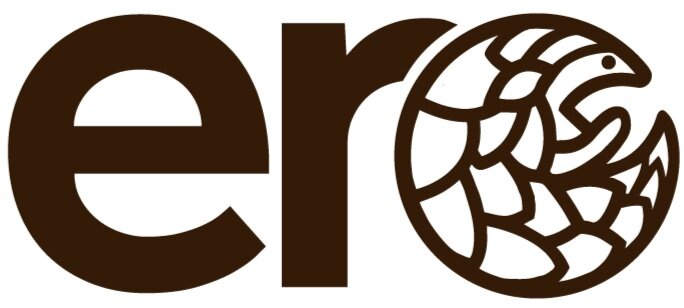Commercial pangolin farming is not viable, say conservation experts
By: Claire Anthony
Out of 17 criteria that should be met when considering whether an animal is suitable to be farmed for conservation purposes, pangolins meet only six.
Pangolins are very difficult to breed and raise in captivity. Conservation NGO Save Vietnam’s Wildlife (SVW) reports that 15 out of 20 pangolins born at their centre died soon after birth.
Farms could be used by smugglers to launder illegally poached pangolins, as it is not possible to differentiate farmed pangolins from wild ones.
With all eight pangolin species threatened with extinction, it has been suggested that farming pangolins could displace the wild trade and bring their numbers back from the edge. However, conservationists and scientists agree that pangolins are not suitable for commercial farming.
"To take care of pangolins, including adequate husbandry, is very expensive,” said pangolin researcher and Universiti Malaysia Terengganu lecturer Dr Chong Ju Lian. “At the end of the day, it wouldn't be a good venture for potential investors.”
Dr Chong cited an example from Singapore Zoo that put the annual cost of properly caring for an adult pangolin at around USD7,000 a year.
Cost is only one factor, out of many that disqualify pangolins from “supply-side conservation” – meaning conservation methods that use farmed animals and plants to displace the illegal trade.
Sharing from her past research conducted in collaboration with an international team of scientists, Dr Chong explained that pangolins only meet six out of 17 criteria for supply-side conservation.
Dr Chong was speaking at an online discussion titled ‘Can pangolin farming curb its illegal trade?’ She was joined by SVW head keeper Truong Tran, multimedia journalist Trang Bui, and over 60 members of the public, including pangolin conservationists from around the world. The session was moderated by R.AGE editor Ian Yee.
Watch the full discussion:
Truong explained that at SVW, they have rescued over 1,500 pangolins from the illegal trade, and the animals have been found to be very sensitive creatures, and expensive to take care of.
"They eat ants and termites," he said, "and they eat so much that it costs us a lot just to feed them." Pangolins are known to eat around 300g of ants and termites a day.
Truong added that 20 pangolins were born in captivity at SVW, but 15 of them died shortly after, for reasons including disease and prematurity. Of the five which survived, all were released back into the wild with their mothers.
Based on her experience reporting on wildlife trafficking, Trang believes that pangolin farming would make it easier for smugglers to operate under the guise of legal farms.
"This is what happened to tigers in Vietnam. There was a big legal tiger farm but it turned out that they were working with illegal smugglers,” she said, adding that none of the experts she spoke to recommend pangolin farming.
Both Dr Chong and Truong noted that pangolin farms would likely source the animals from the wild, and could also stimulate increased consumer demand for pangolin products.
However, the experts agreed that breeding programmes could be used for conservation purposes, helping to replenish the wild population.
The Zoom discussion was the second of a four-part interactive wildlife series presented by the Environmental Reporting Collective. To join upcoming sessions, click the register button below:
25 June: Indigenous Peoples and wildlife conservation in Malaysia Register
2 July: Traditional Chinese Medicine and the demand for endangered wildlife Register
